Heavy current installations
- complete electrical installations in production and industrial halls
- complete electrical installation in new buildings of residential complexes
- new wiring and reconstruction of family houses
- reconstruction of wiring of apartment houses or residential installations
- distribution and installation of restaurants and hotels
- delivery and installation of osv. bodies for family houses, offices, dia. objects
- supply and installation of lighting for outdoor areas, parking lots and houses
- supply and installation of lighting for industrial halls, shops and hotels
- complete electrical installation in new buildings of residential complexes
- new wiring and reconstruction of family houses
- reconstruction of wiring of apartment houses or residential installations
- distribution and installation of restaurants and hotels
- delivery and installation of osv. bodies for family houses, offices, dia. objects
- supply and installation of lighting for outdoor areas, parking lots and houses
- supply and installation of lighting for industrial halls, shops and hotels
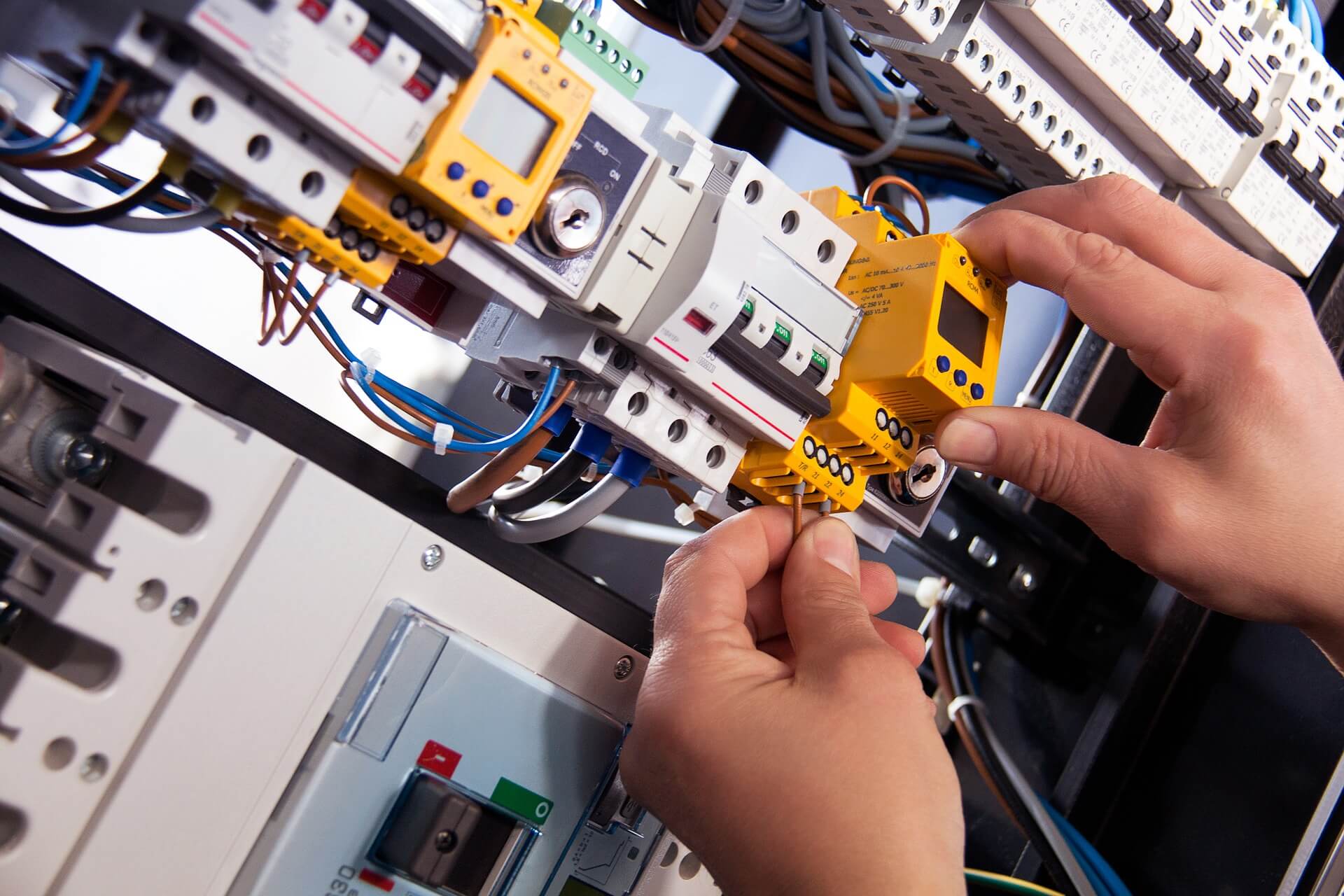
Public lighting
maintenance and operation of public lighting of the city (painting of poles, replacement of luminaires, replacement of poles, troubleshooting of electrical cables and equipment, etc.)
- installation of holiday lighting (Christmas, celebrations, anniversaries)
- revision of public lighting
- Calculation of light intensity
- investment construction of a public lighting network
- installation of holiday lighting (Christmas, celebrations, anniversaries)
- revision of public lighting
- Calculation of light intensity
- investment construction of a public lighting network
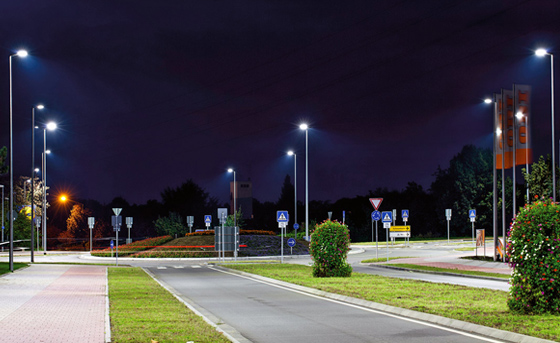
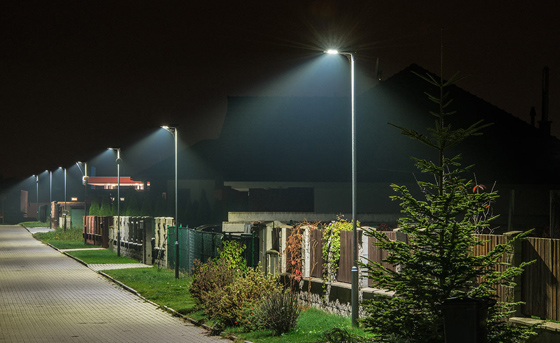
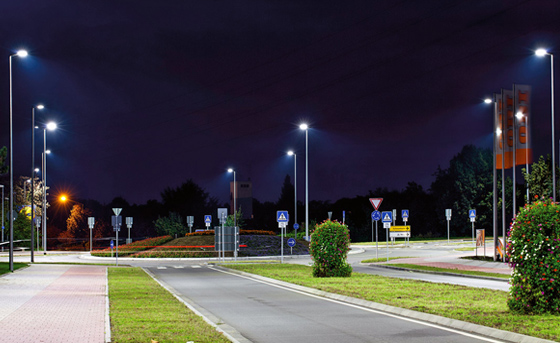
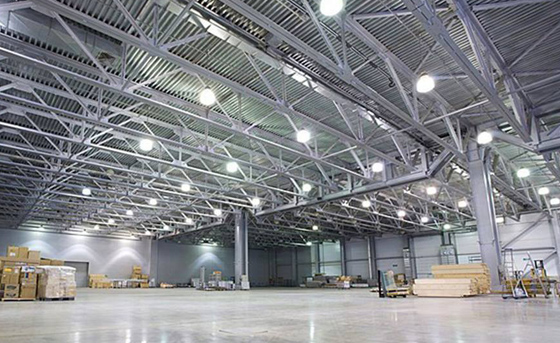
Electric underfloor heating for family houses
Heating cables with a lifetime warranty
Two-core resistance heating cables are typical for their service life. The service life of the heating cable is even comparable to the service life of the electrical installation in the walls of the house. With good installation, there is no presumption that you would ever have to repair them.
Heat efficiently thanks to clever iWWt control from your mobile phone
Have you heard that electric underfloor heating is expensive? This may be the case under certain conditions. As our customer, you can have exclusive heating control - iWWt - thanks to which you can control the heating from your mobile phone - monitor and adjust temperature settings, monitor heating overviews, etc. iWWt to device. The regulation can be used by anyone to whom you give access. So each member of the family can regulate the temperature in their own way.
You can put any covering on the electric underfloor heating
We supply exclusively high-quality resistance heating cables manufactured here in Europe. The cables are two-core. In practice, this means easier and cheaper installation and even more durable insulation of the heating cable against possible mechanical damage. Underfloor heating in every apartment is now taken for granted. Even floor covering manufacturers know this, so you can put almost any covering on heating cables - vinyl, tiles, carpets, wooden floors, floating floors, etc. - it's up to you what kind of interior you want. Are you interested in how heating with heating cables works from a technical point of view? Download the Construction Guide. You will find the most common myths and specifications for technicians.




Electrical connection
The introduction of electricity into the house (on the plot) is realized by means of a low voltage electrical connection, which is defined from the distribution line (branch, transformer station, etc.) to the connection box (main house box, main cable box).
Only one connection is established for each object.
Therefore, in order to bring electricity to the household, it is necessary to visit the relevant branch of the energy company and submit an "Application for connection to the distribution system" (the type, size of consumption due to the power input of the building is stated). After submitting and promising compliance, it is necessary to request the elaboration of project documentation, which will be prepared for a fee by the addressed distribution company, or we will ask another qualified worker. After processing the documentation, an application for a zoning procedure or building permit is made at the building authority, and then the notification required for implementation is awaited.
The connection up to 50 meters is paid by the provider
These actions will not be necessary if we are lucky and our house does not require a connection longer than 50 meters (in this case the distribution network handles everything itself) and then we just need to sign a contract on "User connection to the distribution system", which must include our identification data, connection date, validity period, method of payment and connection conditions.
The methods of execution usually differ according to the location of the main network or the development of the house. The most common is the top supply (wires are placed on poles) or cable (wires lie in the ground).
Electricity is distributed around the house from the mentioned main house cabinet, which should be placed in an open space (fencing, facade of the house), or in a place where there is easy access. The cabinet itself must contain the appropriate fuses and be closed by a lockable door marked according to the state standard.
According to the valid law, the owner of the connection becomes a person who has invested in the establishment of a low-voltage electrical connection (in our case, we as the applicant).
The establishment of a connection up to a length of 50 meters, since 2005, is paid for by the service provider itself. Above 50 meters, the entire construction is paid for by the applicant. Its price ranges from CZK 700 to CZK 1,200 per running meter + each new applicant pays an amount of CZK 1,000 per power input, according to the law.
When setting up in an already built-up area, the distribution system may not be suitable, and therefore the energy provider is obliged to expand the network, but at our expense, which must also be included in the total construction budget.
Only one connection is established for each object.
Therefore, in order to bring electricity to the household, it is necessary to visit the relevant branch of the energy company and submit an "Application for connection to the distribution system" (the type, size of consumption due to the power input of the building is stated). After submitting and promising compliance, it is necessary to request the elaboration of project documentation, which will be prepared for a fee by the addressed distribution company, or we will ask another qualified worker. After processing the documentation, an application for a zoning procedure or building permit is made at the building authority, and then the notification required for implementation is awaited.
The connection up to 50 meters is paid by the provider
These actions will not be necessary if we are lucky and our house does not require a connection longer than 50 meters (in this case the distribution network handles everything itself) and then we just need to sign a contract on "User connection to the distribution system", which must include our identification data, connection date, validity period, method of payment and connection conditions.
The methods of execution usually differ according to the location of the main network or the development of the house. The most common is the top supply (wires are placed on poles) or cable (wires lie in the ground).
Electricity is distributed around the house from the mentioned main house cabinet, which should be placed in an open space (fencing, facade of the house), or in a place where there is easy access. The cabinet itself must contain the appropriate fuses and be closed by a lockable door marked according to the state standard.
According to the valid law, the owner of the connection becomes a person who has invested in the establishment of a low-voltage electrical connection (in our case, we as the applicant).
The establishment of a connection up to a length of 50 meters, since 2005, is paid for by the service provider itself. Above 50 meters, the entire construction is paid for by the applicant. Its price ranges from CZK 700 to CZK 1,200 per running meter + each new applicant pays an amount of CZK 1,000 per power input, according to the law.
When setting up in an already built-up area, the distribution system may not be suitable, and therefore the energy provider is obliged to expand the network, but at our expense, which must also be included in the total construction budget.
Electrical connection
The fuse or connection box is used to secure house connections in LV networks and to connect the cable electrical distribution network to the supply point. The junction boxes are intended for the connection of cables with a cross-section of 50 mm2 on the supply at the end connection or up to 240 mm2 at the continuous (loop) connection. The fuse box is supplied with internal equipment, but does not contain fuse inserts. Pole-mounted connection boxes can be fastened with Bandimex tape or another pole-mounting system. In most cases, the junction box is the property of the distribution company (ČEZ, E.ON, PRE), which therefore also supplies and manages the fuse boxes. However, the owner of the supply point can purchase the relevant connection box at his own expense and the distribution company is then obliged to put such a box into operation.
Electricity meter switchboards over 80A
Electricity meter switchboards with an electricity meter over 80A are switchboards for indirect measurement of electricity consumption. Switchboards for indirect measurement are therefore especially suitable for production facilities with electricity consumption higher than the standard allowed by the distributor at the connection point by means of direct measurement. The flowing current converts the measuring transformers (MTP) into a lower current, which then flows through the electricity meter. The electricity meter switchboard for indirect measurement consists of a pair of firmly connected cabinets in a separate version. It can also be combined with a connection box. Due to the individual requirements for the method of measurement and connection at the point of consumption, electricity meter cabinets for indirect measurement are always manufactured to order on the basis of demand.




